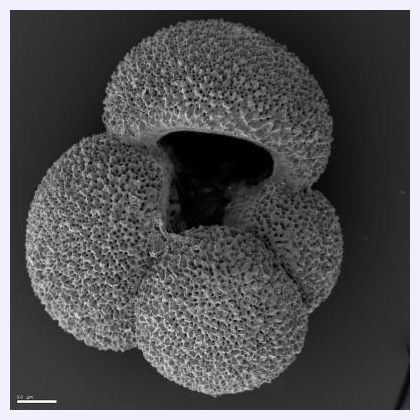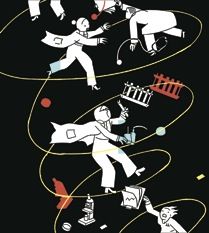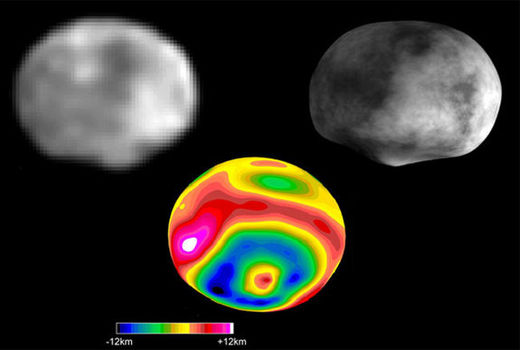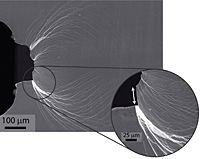
© Cardiff UniversityThese are shells of a type of foraminifers used in this study.
The unusually cold weather this winter has been caused by a change in the winds. Instead of the typical westerly winds warmed by Atlantic surface ocean currents, cold northerly Arctic winds are influencing much of Europe.
However, scientists have long suspected that far more severe and longer-lasting cold intervals have been caused by changes to the circulation of the warm Atlantic ocean currents themselves.
Now new research led by Cardiff University, with scientists in the UK and US, reveals that these ocean circulation changes may have been more dramatic than previously thought.
The findings, published today (14 January 2011) in the journal
Science, show that as the last Ice Age came to an end (10,000 - 20,000 years ago) the formation of deep water in the North-East Atlantic repeatedly switched on and off. This caused the climate to warm and cool for centuries at a time.
The circulation of the world's ocean helps to regulate the global climate. One way it does this is through the transport of heat carried by vast ocean currents, which together form the 'Great ocean conveyor'. Key to this conveyor is the sinking of water in the North-East Atlantic, a process that causes warm tropical waters to flow northwards in order to replace the sinking water. Europe is kept warmer by this circulation, so that a strong reduction in the rate at which deep water forms can cause widespread cooling of up to 10 degrees Celsius.
Lead author Dr David Thornalley, Cardiff School of Earth and Ocean Sciences, explains how the scientists studied changes in ocean circulation: "We retrieved ocean sediment cores from the seafloor of the Northeast Atlantic which contained the shells of small organisms. We used these shells to examine the past distribution of radiocarbon in the ocean. Radiocarbon is a radioactive form of carbon that acts like a natural stopwatch, timing how long it has been since water was last at the sea surface. This allows us to determine how quickly deep water was forming in the Northeast Atlantic at different times in the past."



